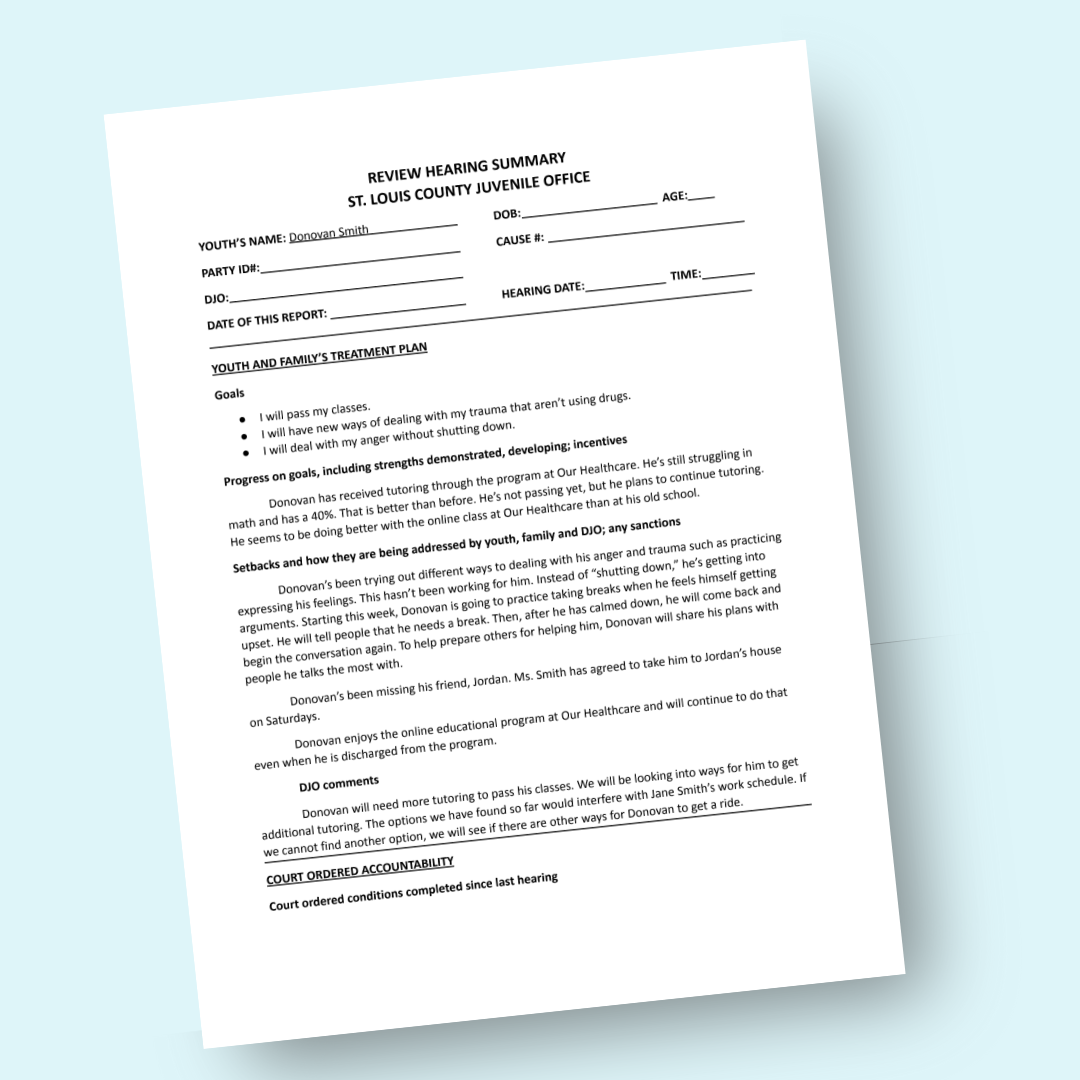
Understand how wellbeing and tradeoffs apply to a court hearing summary.

This is an example of how FFI worked with Missouri Children's Division to shift to using a welbeing framework at multiple levels.

Example of how you can use a wellbeing lens in an assessment with youth and families interacting the juvenile justice system.

Example of how you can gather relevant information during the intake process with youth interacting the juvenile justice system.
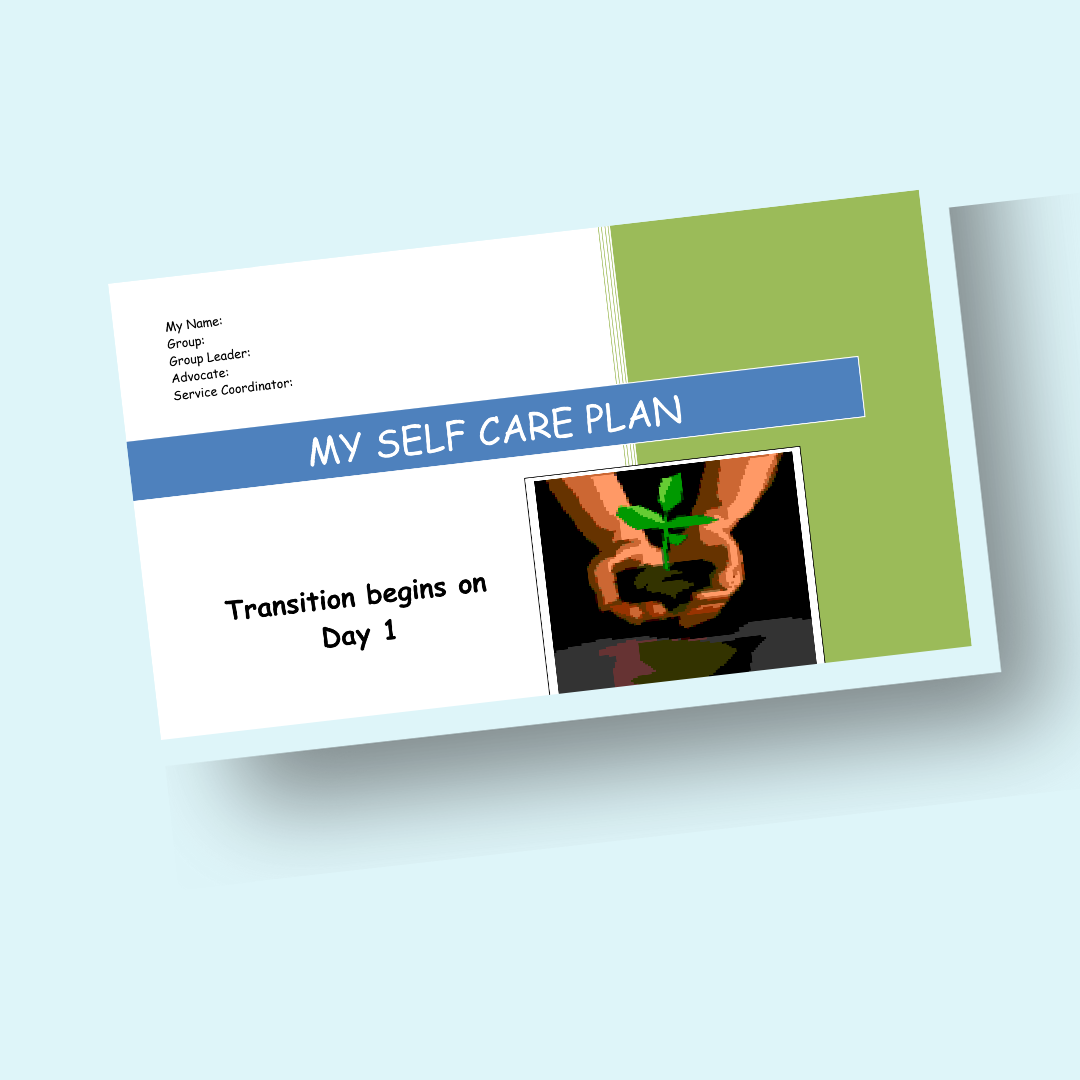
This worksheet can be used to support an individual take ownership of their treatment, self-care or action plan with next steps that have a wellbeing orientation.
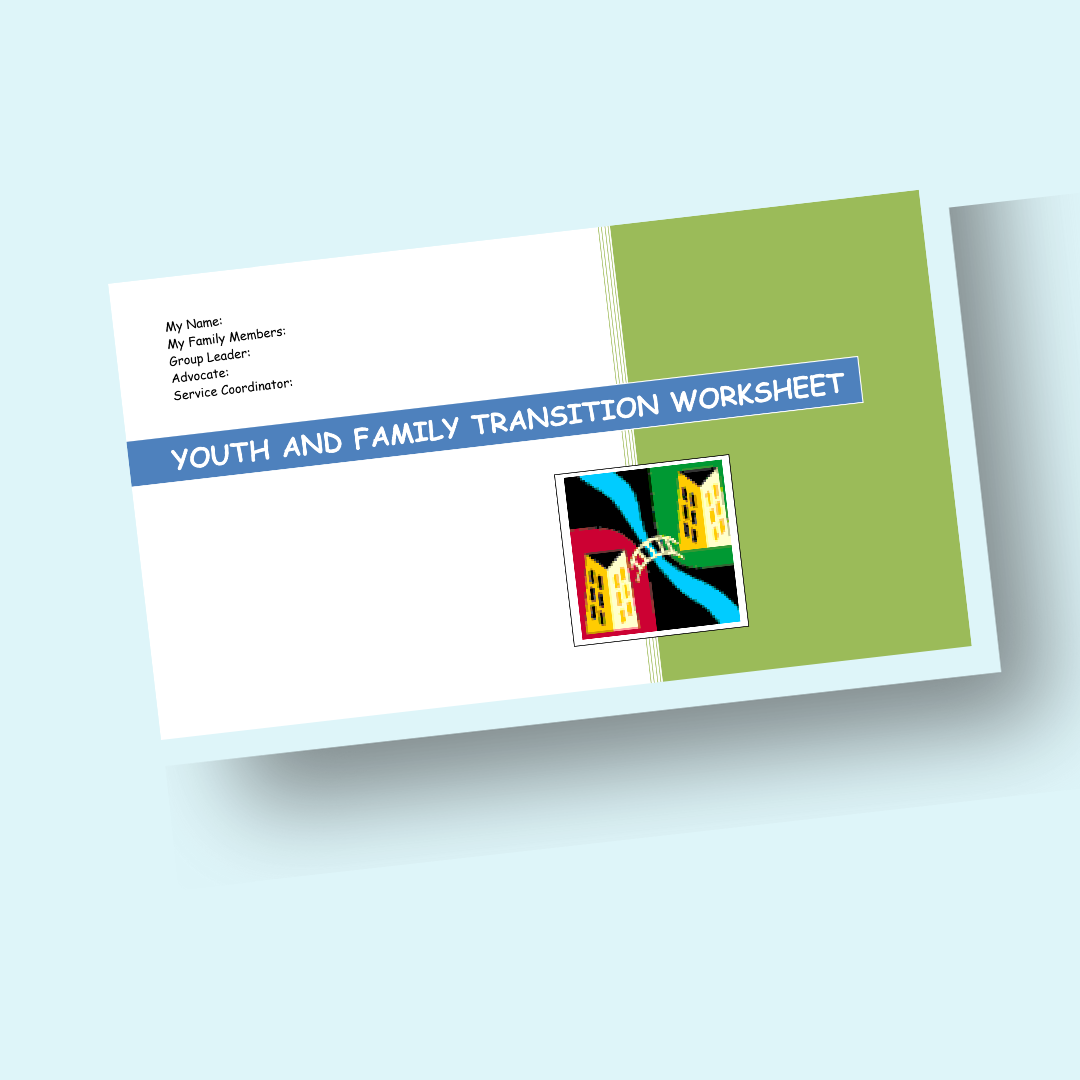
This worksheet can be used to support youth and families with the transition from a facility to the home. It layers in support for wellbeing and addressing tradeoffs.

This set of tools can be used to evaluate alignment with a wellbeing approach.

Our assumptions shape how we see the world and our narratives about it. In this video example, we see a world map as upside down; however, that is only because we've always been told it goes the other way.

A webinar and accompanying slides offering Champions a deeper dive on FFI's systems change framework.

This packet shows examples of forms and tools changed through a wellbeing lens in a family court.
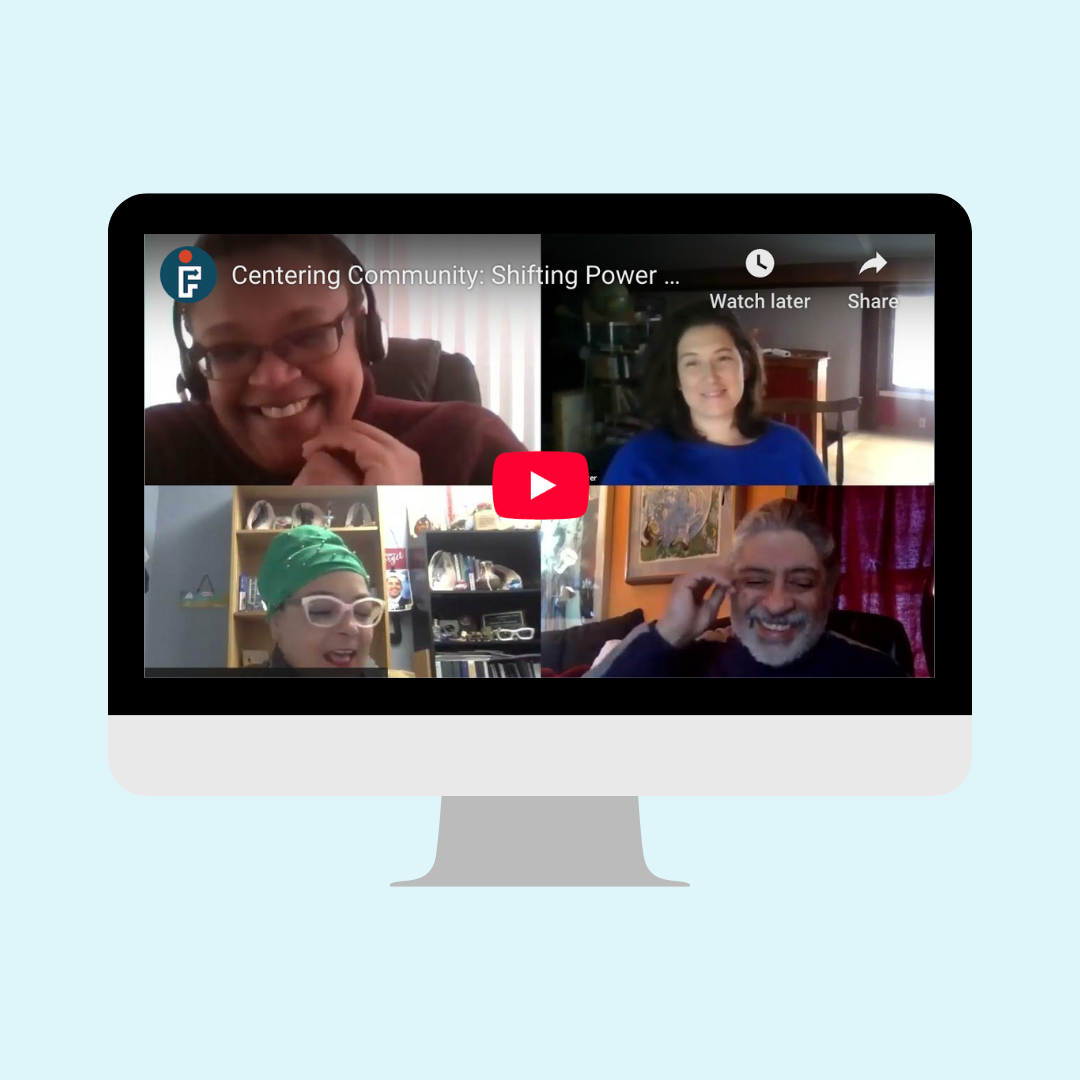
For change to be sustained, transforming our systems must center community and what matters to people. Three leaders driving change in their communities discuss what it means to center community in ways that recognize, respect and authentically engage people.
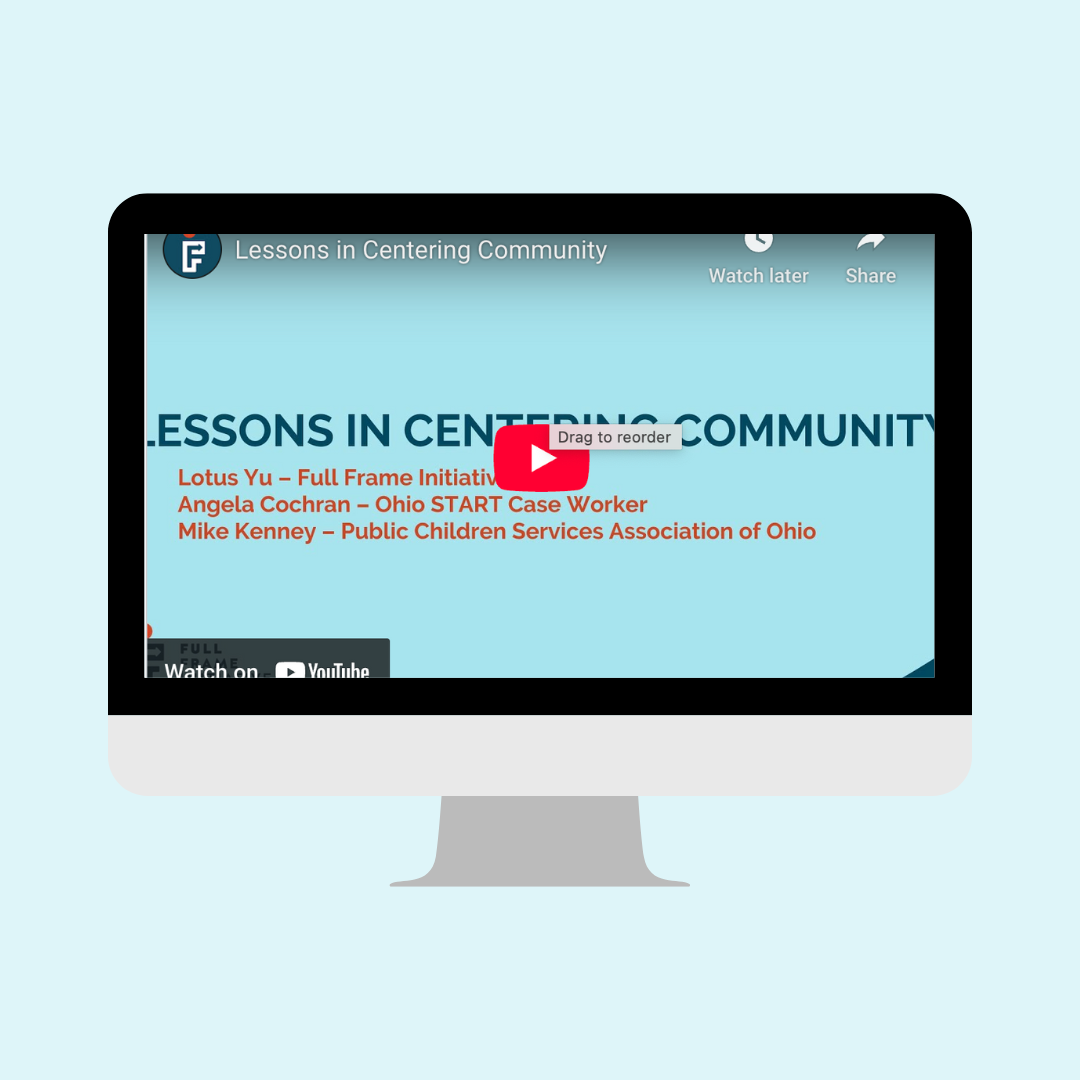
Full Frame Initiative was joined by Angela Cochran, Ohio START Caseworker in Trumbull County, Ohio and Mike Kenney with the Public Children Services Association of Ohio (PCSAO), who shared about their two-and-a-half-year journey toward centering community and co-creating a framework that is led by those most impacted.